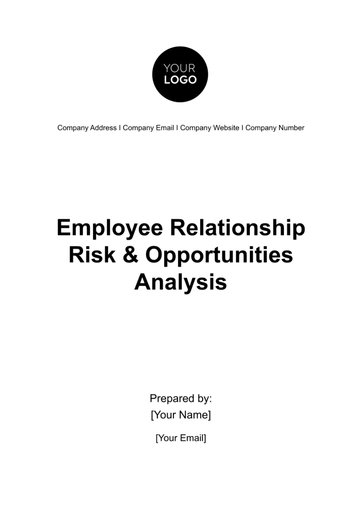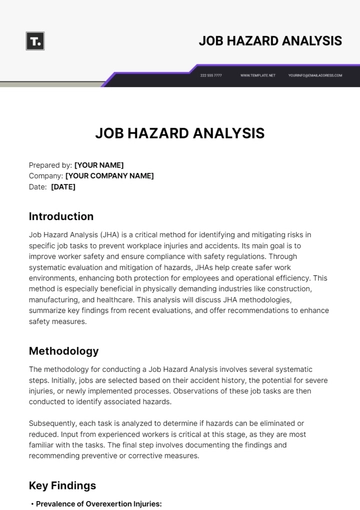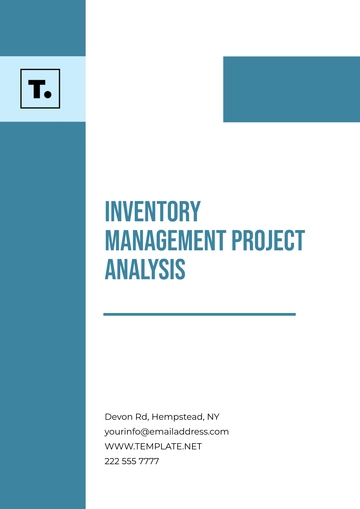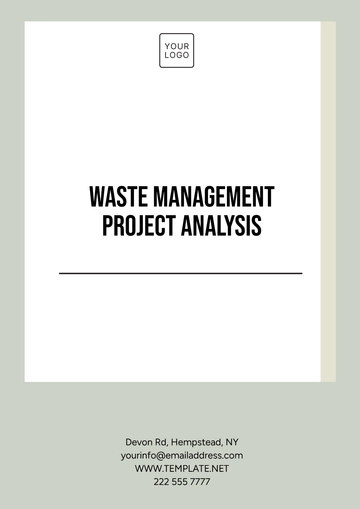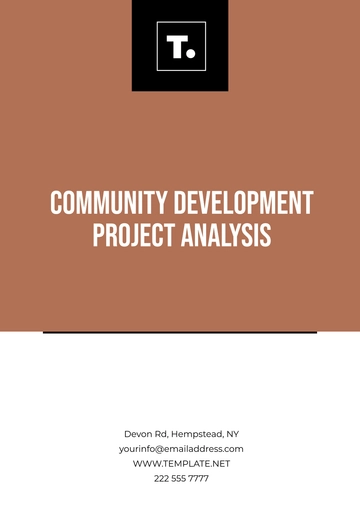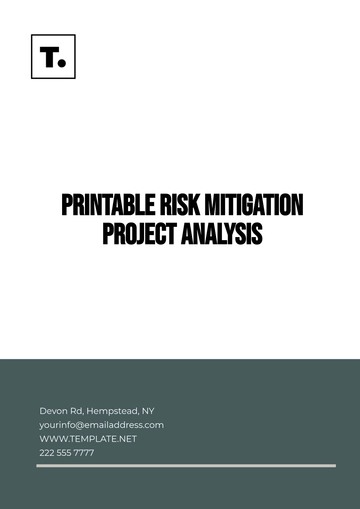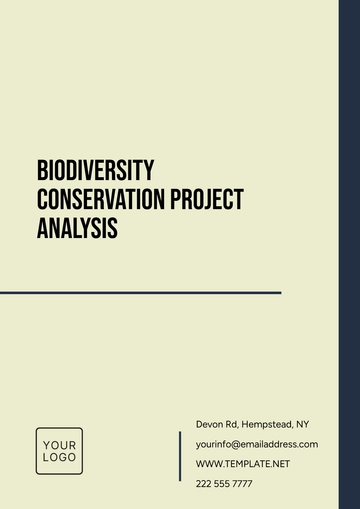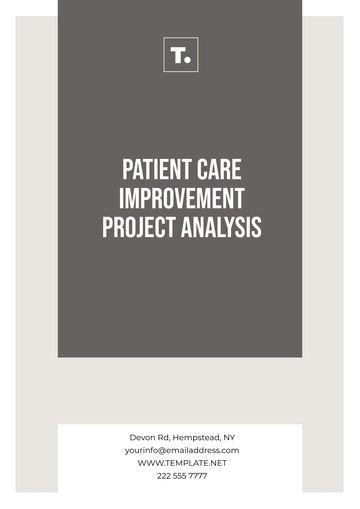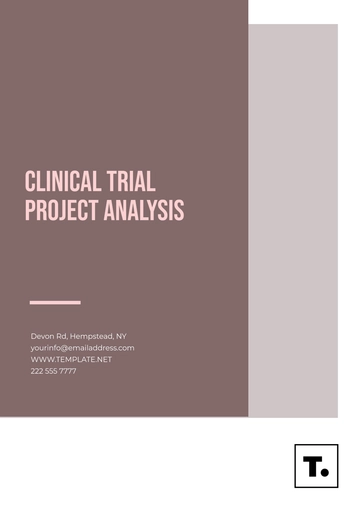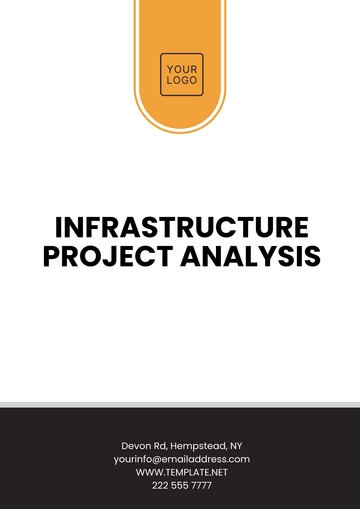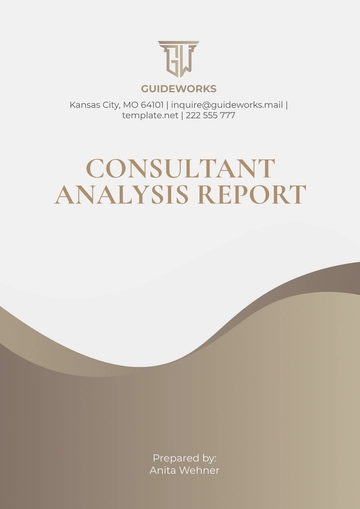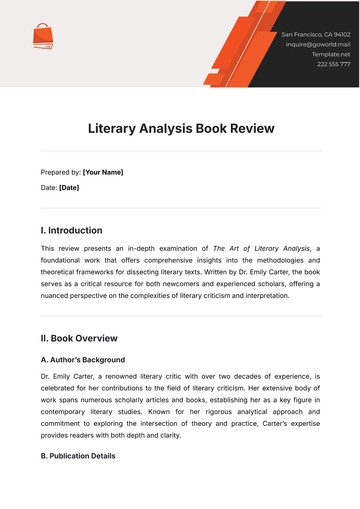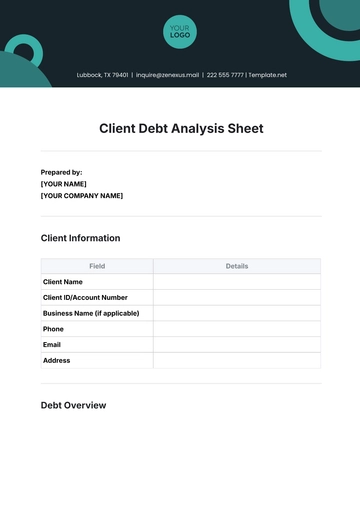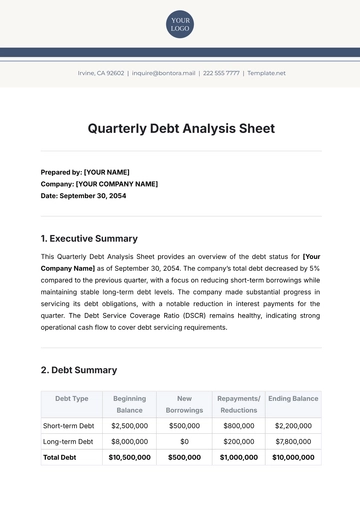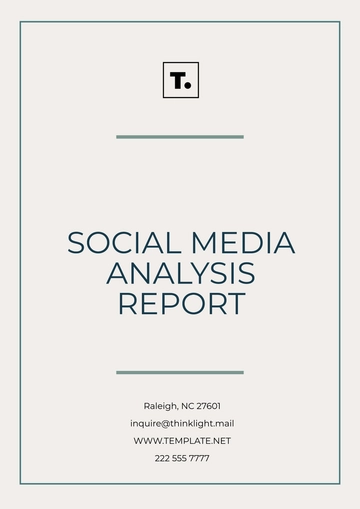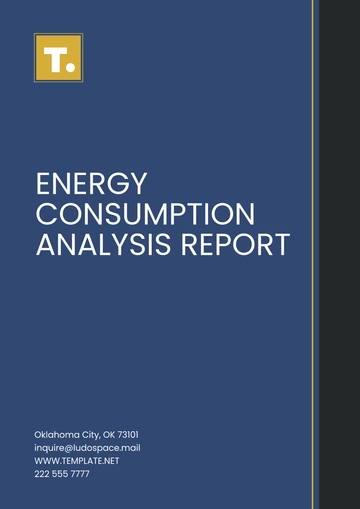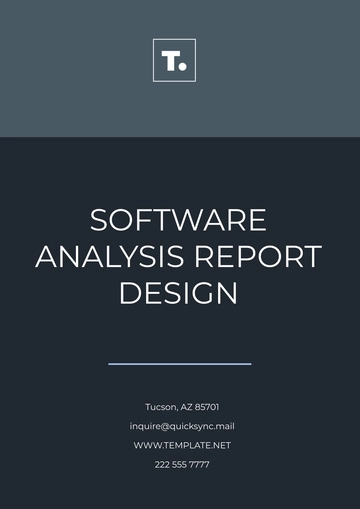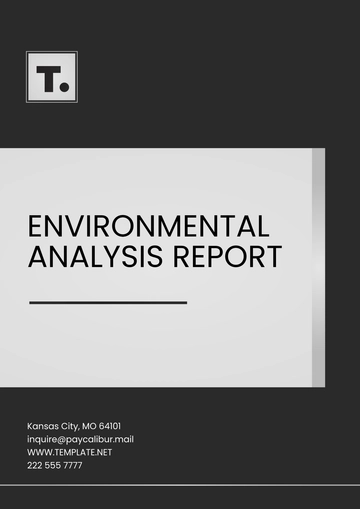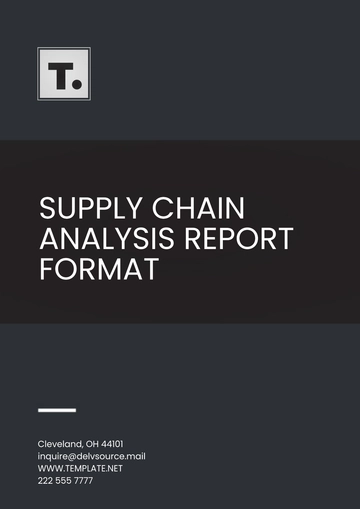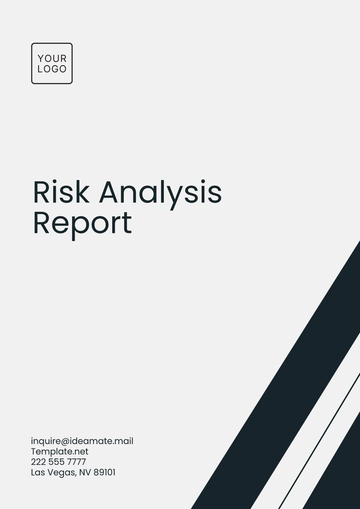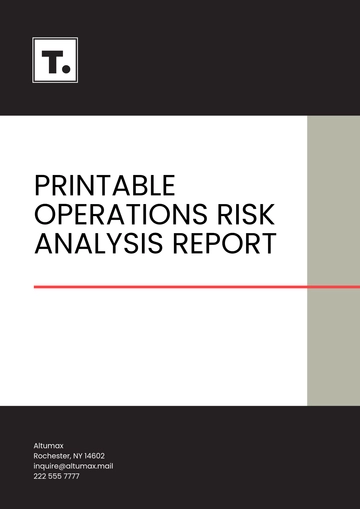Free Hazard Analysis Job Report

Prepared By: [Your Name]
Date: October 20, 2050
I. Introduction
This Hazard Analysis Job Report provides a comprehensive evaluation of potential hazards associated with the operations of [Your Company Name] located in [Your Company Address]. The primary goal is to identify risks, assess their potential impact, and recommend appropriate control measures to ensure a safe working environment. This report serves as a foundational document for ongoing safety improvements and compliance with health and safety regulations.
II. Scope of Work
This analysis covers the following areas:
Identification of hazards related to specific job tasks in the assembly line.
Evaluation of existing safety measures currently in place.
Recommendations for risk mitigation.
Implementation timeline for proposed measures.
III. Methodology
The methodology for conducting this hazard analysis included:
Task Observation: Direct observation of work activities on the assembly line over two weeks to identify potential hazards.
Worker Interviews: Engaging with 20 employees to gather insights on safety concerns and experiences.
Documentation Review: Analyzing existing safety policies, procedures, and incident reports from the last three years.
Risk Assessment: Evaluating the likelihood and severity of identified hazards using a standardized risk matrix.
IV. Hazard Identification
The following hazards were identified during the analysis:
Chemical Exposure: Potential exposure to solvents and adhesives used in the assembly process without proper Personal Protective Equipment (PPE).
Physical Hazards: Risks associated with machinery operation, including entanglement in moving parts and pinch points on the assembly line.
Ergonomic Risks: Strains and injuries resulting from repetitive motions or improper lifting techniques, particularly during material handling.
Slips, Trips, and Falls: Hazards due to uneven surfaces, spilled materials, and obstructed pathways in the production area.
V. Risk Assessment
Each identified hazard was assessed based on the following criteria:
Likelihood of Occurrence: The probability of the hazard resulting in an incident (rated from 1 to 5).
Severity of Impact: The potential impact on personnel and operations if the hazard were to occur (rated from 1 to 5).
Risk Level: Calculated by multiplying the likelihood and severity ratings.
Hazard | Likelihood (1-5) | Severity (1-5) | Risk Level (1-25) |
|---|---|---|---|
Chemical Exposure | 3 | 4 | 12 |
Physical Hazards | 4 | 5 | 20 |
Ergonomic Risks | 3 | 3 | 9 |
Slips, Trips, and Falls | 5 | 3 | 15 |
VI. Recommendations
Based on the risk assessment, the following control measures are recommended:
6.1 Chemical Exposure
Provide comprehensive training on the use of PPE, including gloves, goggles, and respirators.
Implement a regular monitoring program for air quality, specifically focusing on solvent fumes.
6.2 Physical Hazards
Install safety guards on all machinery, especially on moving parts of the assembly line.
Conduct routine maintenance checks on equipment to ensure all safety features are functional.
6.3 Ergonomic Risks
Provide ergonomic assessments for workstations to adjust height and reach for employees.
Implement training on proper lifting techniques and encourage the use of material handling equipment.
6.4 Slips, Trips, and Falls
Ensure all walking surfaces are maintained and free of obstructions, with regular inspections for spills.
Install anti-slip mats in high-risk areas, such as near loading docks and entrances.
VII. Implementation Timeline
The following timeline outlines the implementation of recommended measures:
Action Item | Target Completion Date |
|---|---|
Conduct PPE training | December 1, 2054 |
Install safety guards | December 15, 2054 |
Complete ergonomic assessments | January 10, 2055 |
Improve workplace housekeeping protocols | Ongoing, starting October 2054 |
VIII. Conclusion
The Hazard Analysis conducted has identified critical areas requiring immediate attention to ensure a safe working environment. By implementing the recommended control measures, the organization can significantly reduce the risk of incidents and enhance overall workplace safety. Ongoing monitoring and periodic reviews of safety practices will further support continuous improvement in health and safety standards.
- 100% Customizable, free editor
- Access 1 Million+ Templates, photo’s & graphics
- Download or share as a template
- Click and replace photos, graphics, text, backgrounds
- Resize, crop, AI write & more
- Access advanced editor
Enhance workplace safety with the Hazard Analysis Job Report Template from Template.net. This fully editable and customizable template provides a comprehensive framework for identifying and assessing potential hazards in the workplace. Designed for safety professionals, it allows you to tailor the content to meet your specific project requirements. Streamline your hazard analysis process, ensuring thorough documentation and proactive risk management to foster a safer work environment for all employees.
